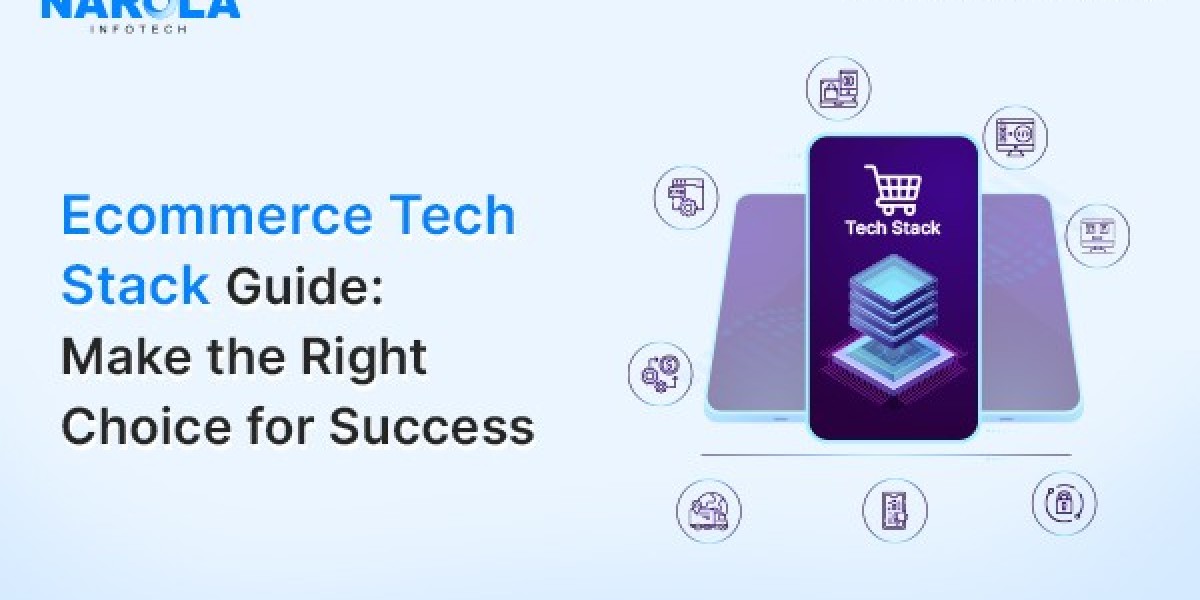Selecting the right ecommerce tech stack can make or break your online business. In today’s booming online shopping world, your tech stack must be robust, scalable, and future-proof. Here’s a quick guide to help you choose the best tech stack for your online store.
What is an Ecommerce Tech Stack?
An ecommerce tech stack is the blend of tools, frameworks, platforms, and languages used to build and operate your online store. It includes both front-end and back-end technologies, as well as third-party integrations that enhance functionality and user experience.
Essential Elements of an Ecommerce Tech Stack
Front-End Technologies: Shape the user interface and experience with HTML, CSS, JavaScript, and frameworks like React, Angular, and Vue.js.
Back-End Technologies: Handle server-side operations with Node.js, Python, Ruby on Rails, PHP, and databases like MySQL, PostgreSQL, MongoDB, or Firebase.
Ecommerce Platform: Choose platforms like Shopify, BigCommerce, Magento, WooCommerce, or custom solutions to match your needs for customization and performance.
CMS: Manage content efficiently with WordPress, Magento, or Joomla.
Payment Gateways: Ensure secure transactions with Stripe, PayPal, Square, and Authorize.Net.
Shipping and Fulfillment: Integrate solutions like ShipBob, FedEx, UPS, or ShipStation for smooth order fulfillment and real-time tracking.
Marketing and Analytics: Drive traffic and measure performance using HubSpot, Mailchimp, Klaviyo, Google Analytics, Hotjar, and SEMrush.
Security Tools: Protect your store with SSL certificates, firewalls, and security solutions like Cloudflare and Sucuri.
Top Ecommerce Tech Stacks to Consider
1. MEAN Stack (MongoDB, Express.js, Angular, Node.js)
This full-stack JavaScript solution is ideal for dynamic and scalable ecommerce sites. Its seamless integration across the stack speeds up development and supports high-traffic loads with a cohesive development approach.
2. MERN Stack (MongoDB, Express.js, React, Node.js)
Similar to MEAN but with React for the front end, MERN offers a modern, flexible interface that enhances user experience and performance. It’s perfect for businesses needing a responsive and intuitive UI with dynamic content rendering.
3. LAMP Stack (Linux, Apache, MySQL, PHP)
A traditional yet reliable choice for small to medium-sized businesses, LAMP is well-documented and supported by a wide range of frameworks and plugins. It provides stability and cost-effectiveness with robust back-end management and easy CMS integration.
4. JAMstack (JavaScript, APIs, Markup)
JAMstack focuses on speed and security by decoupling the front end from the back end, making it ideal for headless commerce. It delivers fast load times and improved SEO by serving pre-rendered static pages via CDNs, offering flexible integrations and future-proofing.
Choosing the right tech stack is crucial for optimizing user experience, security, and scalability. Whether you’re a startup or an established enterprise, selecting the perfect tech stack can drive your ecommerce success.
Source: Ecommerce Tech Stack









